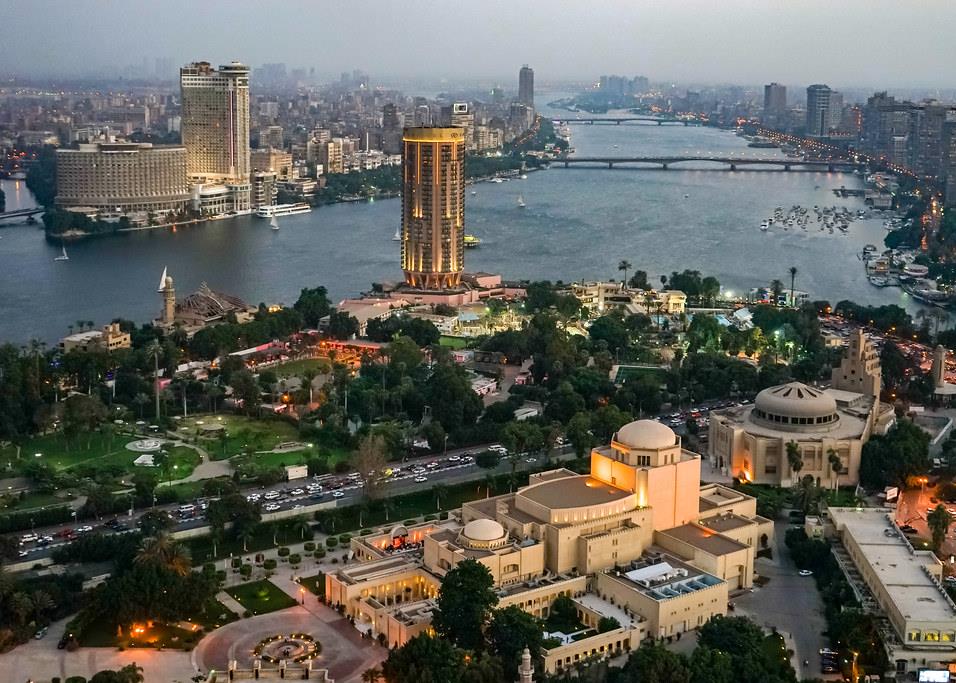
Slightly lower oil prices will benefit kingdom in the long term, says new report
Saudi Arabia is taking advantage of the current spike in oil prices and increased production is bringing in revenues that exceed its current fiscal needs.
A report by the local Jadwa Investment says that while the kingdom is taking advantage of the boost in revenues, it is being tempered by higher government spending and soaring domestic use of oil.
“Given the kingdom’s interests in satisfying fiscal requirements and maximising over time the revenues from its massive oil reserves, we think a price range of between $70 and $90 a barrel is currently a ‘sweet spot’ for Saudi Arabia,” says the report.
| 2030 oil production predictions | |||
|---|---|---|---|
| (Millions of barrels) | |||
| Year of forecast | Global demand | Opec production | Middle East production |
| 2004 | 121.3 | 64.8 | 51.8 |
| 2005 | 115.4 | 57.2 | 44 |
| 2006 | 116.3 | 56.3 | 45.7 |
| 2007 | 116.3 | 60.6 | 45 |
| 2008 | 106.4 | 52.9 | 37.9 |
| 2009 | 103 | 53.8 | 37.2 |
| Difference in forecast from 2004-2009 | -18.3 | -11 | -14.6 |
| Source: IEA/Jadwa Investment | |||
Contrary to many opinions, Saudi Arabia does not actually want oil prices over $100 a barrel. It sees high prices as damaging to oil’s long-term future as it makes countries look for alternative energy sources.
Proof of the kingdom’s commitment to lower oil prices came after it recently defied producers’ group Opec to pump additional crude to ease supply and lower prices.
Despite this commitment, there is no denying that as the world’s largest oil exporter Saudi Arabia has benefited enormously from the upward trend in prices.
The Jadwa report says that in 2003 oil prices averaged $31.1 a barrel, which equated to $62bn in annual oil revenues for the kingdom in that year.
In contrast, five years later, oil prices averaged $99.7 a barrel, which meant the kingdom sold $262bn of oil in 2008.
Between 2003 and 2008, much of the increased revenues were used to repay domestic debts, which totalled $176bn in 2002, but now stand at a more respectable $45m or 10.2 per cent of gross domestic product.
Since 2008, more money is being funnelled into improving the infrastructure. Huge amounts are also being reinvested in the kingdom’s industrial sector as it looks to add value to its energy reserves.
“The kingdom is in an enviable position. While many countries in the world are striving to cut debt, Saudi Arabia’s debt is very small and its vast foreign assets provide a huge cushion in the event of a fall in [oil] revenues,” says the report.
The increased spending in its oil infrastructure means that the kingdom has a current oil capacity of 12.5 million barrels. This means that it has the capabilities to keep supplying 10 per cent of the world’s oil until at least 2030, despite increases in demand.
The kingdom relies on oil for 85-90 per cent of its revenues so it is in its best interests for the prices to remain stable in the long term.
Most industry experts are in agreement that the days of cheap oil are over, but the kingdom needs to remain around its “sweet spot” if it is secure its long term future as the world’s largest energy provider.
You might also like...

Red Sea Global awards Marina hotel infrastructure
18 April 2024

Aramco allows more time to revise MGS package bids
18 April 2024

Morocco tenders high-speed rail project
18 April 2024
A MEED Subscription...
Subscribe or upgrade your current MEED.com package to support your strategic planning with the MENA region’s best source of business information. Proceed to our online shop below to find out more about the features in each package.





